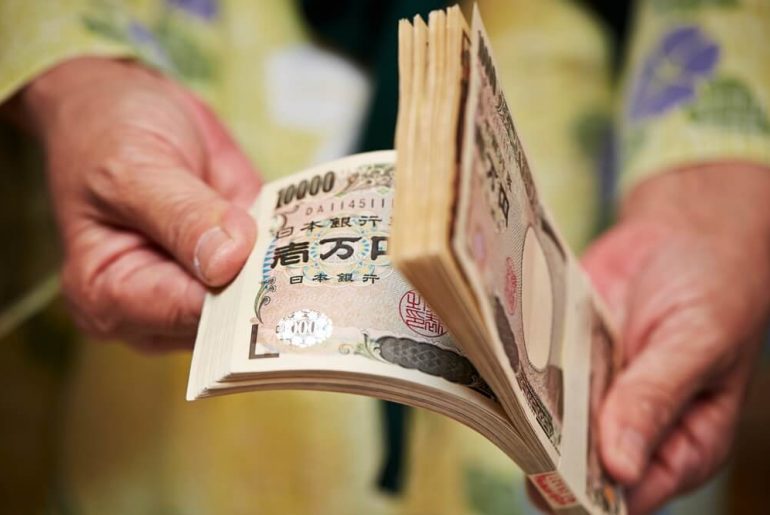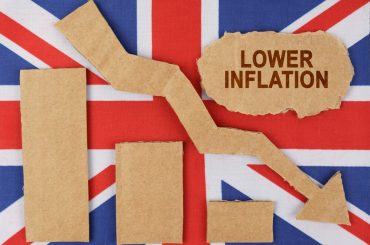A nine-day consecutive decline in the yen’s exchange rate raises concerns about possible market intervention. Last year, Japan bought the yen to prevent its further devaluation. However, this time the decline was less steep, causing investors to ponder Tokyo’s next moves.
It is evident that in the coming days and weeks, Finance Minister Shunichi Suzuki and his deputy for currency policy, Masato Kanda, will continue discussing the situation. Suzuki stated that the government will take measures in case of excessive fluctuations.
The yen’s rate dropped to 146.56 against the dollar due to the yield gap between the US and Japan. A sharp drop to 146 in September of last year prompted authorities to intervene. However, even after that, the yen continued to weaken to 151.95, leading to two additional interventions in October. The total expenditures amounted to about 9 trillion yen or approximately 62 billion dollars.
This time, the government may not be planning active intervention, as current economic conditions may limit its effectiveness. But even if intervention occurs, it does not guarantee a halt in the yen’s decline, as fundamental factors such as the yield difference between US and Japanese bonds play a more significant role.





